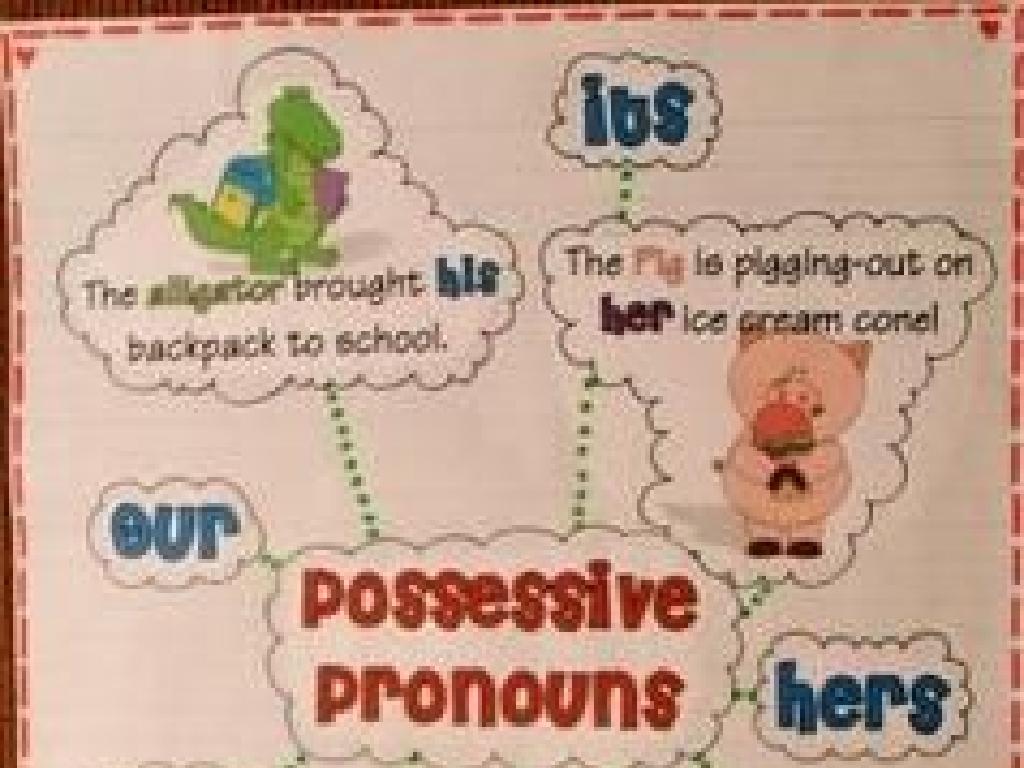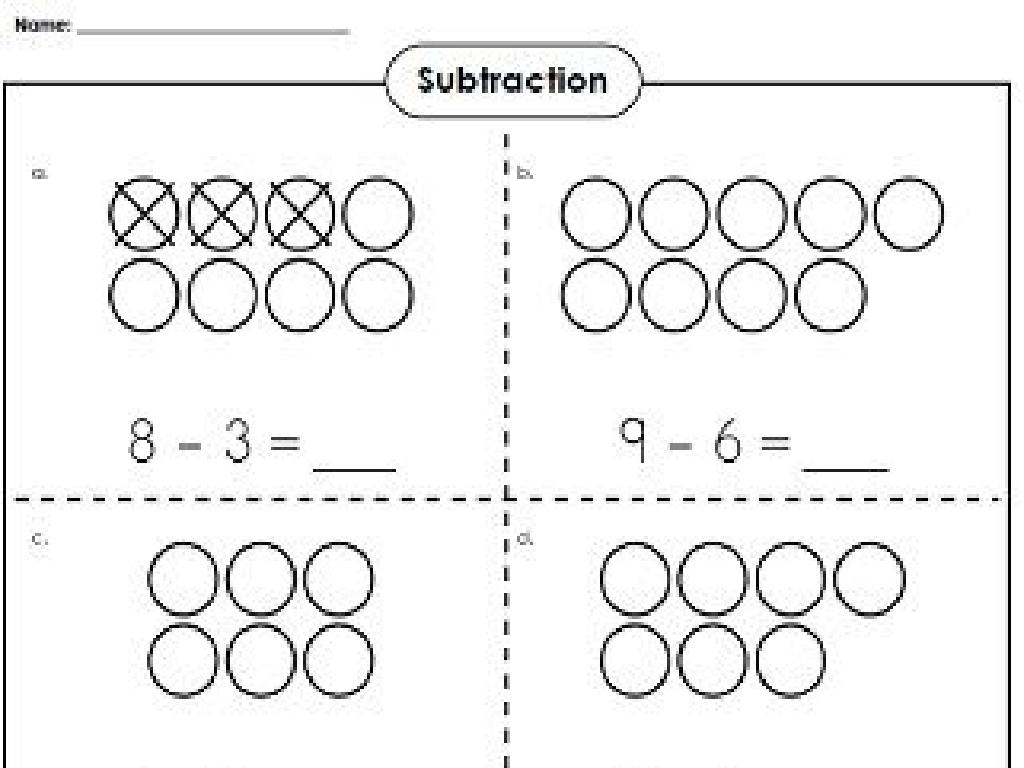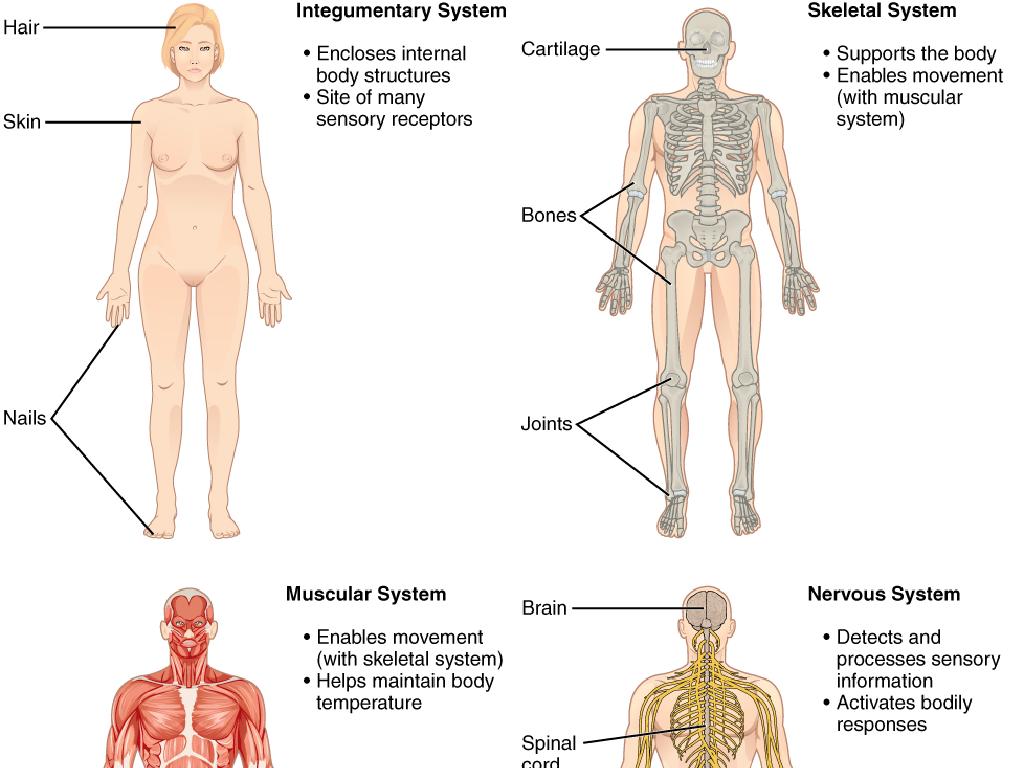Name The Thirteen Colonies
Subject: Social studies
Grade: Fifth grade
Topic: English Colonies In North America
Please LOG IN to download the presentation. Access is available to registered users only.
View More Content
Welcome to Colonial America!
– Introduction to English Colonies
– Early settlements in North America by the English
– What is a Colony?
– A colony is a land ruled by another country
– Today’s goal: Name the Thirteen Colonies
– We will learn all 13 original colonies’ names
– Exploring Colonial America
|
This slide is designed to introduce fifth-grade students to the concept of colonization and the English colonies in North America. Begin with a brief overview of the early English settlements and explain what a colony is, emphasizing that it is a place controlled by a distant country. The main objective of today’s lesson is to familiarize students with the names of the Thirteen Colonies, which were the foundation of what would become the United States. Engage the students by asking if they know any of the colonies already and use a map to help visualize their locations. This will set the stage for a deeper dive into the history and significance of each colony in subsequent lessons.
Understanding Colonies
– What is a colony?
– A territory under the control of another country.
– Why were colonies created?
– For trade, resources, and to spread culture.
– Examples of global colonies
– British India, French Indochina, Spanish America
|
This slide introduces the concept of a colony in the context of the Thirteen Colonies. A colony is defined as a territory governed by a foreign power. Students will learn about the various reasons why colonies were established, including economic benefits like trade, access to resources, and the desire to expand cultural influence. Provide examples of other colonies around the world to give a broader perspective of the impact of colonization. This sets the stage for discussing the specific reasons behind the establishment of the English colonies in North America, leading to the foundation of the Thirteen Colonies.
The Thirteen Original Colonies
– Introduction to the 13 Colonies
– The first successful British settlements in North America.
– Why thirteen is significant
– Thirteen colonies united to become the first states of the USA.
– Colonies as America’s foundation
– These colonies joined together to gain independence from British rule.
– Reflection on their legacy
– Their union and values shaped the nation we know today.
|
This slide introduces students to the Thirteen Original Colonies, which were the first successful British settlements that laid the groundwork for the United States. The number thirteen is significant because these colonies came together to form the first states of the new nation. They played a crucial role in the fight for independence and the formation of the U.S. government and its founding principles. Encourage students to think about how these colonies, with their diverse people and ideas, contributed to the country’s foundation and continue to influence American identity and values.
The New England Colonies
– Colonies: MA, CT, RI, NH
– Unique characteristics
– Small farms, towns, and churches were common
– Major industries
– Fishing, whaling, shipbuilding were key industries
– Climate of the region
– Harsh winters, mild summers
|
This slide introduces students to the New England Colonies, which include Massachusetts, Connecticut, Rhode Island, and New Hampshire. Emphasize the unique characteristics of these colonies, such as their focus on small farms, the importance of town meetings, and the role of the church in community life. Discuss the major industries that shaped the economy of the New England Colonies, including fishing, whaling, and shipbuilding, which were influenced by the region’s coastal geography. Highlight the climate of the region, characterized by cold, snowy winters and mild summers, and how it affected the lifestyle and work of the colonists. Encourage students to think about how the geography and climate could influence the economy and daily life.
Exploring the Middle Colonies
– New York, New Jersey, Pennsylvania, Delaware
– Melting pot of cultures
– Settlers from various countries contributed to cultural diversity
– Farming and trade hubs
– Known for staple crops like wheat and the fur trade
– Diverse economies
– Each colony had unique economic practices
|
This slide introduces students to the Middle Colonies of New York, New Jersey, Pennsylvania, and Delaware. Emphasize the cultural diversity that arose from settlers originating from different countries, which made these colonies a ‘melting pot’ of cultures. Discuss the importance of agriculture, particularly wheat, which earned the Middle Colonies the nickname ‘breadbasket colonies.’ Also, highlight their role in commerce, with cities like New York and Philadelphia becoming major trade hubs. Explain how the diverse economies included farming, trading, and manufacturing, setting the stage for the economic development of the United States. Encourage students to think about how this diversity might have influenced the culture and economy of the region today.
The Southern Colonies
– Maryland, Virginia, North Carolina
– South Carolina, Georgia
– Plantation system and cash crops
– Tobacco, rice, and indigo were key crops.
– Climate and geography influence
– Warm climate, fertile soil, long growing season.
|
This slide introduces the Southern Colonies, which were known for their agricultural economy. Emphasize the plantation system where cash crops like tobacco, rice, and indigo were grown due to the warm climate and fertile soil. The long growing season allowed for successful large-scale farming. Discuss how geography and climate influenced the economic activities and lifestyle in these colonies. Encourage students to think about how living in such a climate might affect their daily lives compared to other regions.
Life in the Thirteen Colonies
– Settlers’ daily routines
– Farming, chores, and community gatherings
– Education and faith roles
– Schools for boys, church on Sundays
– Comparing the colonies
– Differences in economy, climate, and culture
|
This slide aims to give students a glimpse into the everyday life of settlers in the Thirteen Colonies. Discuss the typical daily activities such as farming, household chores, and community events. Highlight the importance of education, which was mainly for boys, and the central role of religion, with most families attending church every Sunday. Compare and contrast the colonies in terms of their economies, climates, and cultural practices, which varied significantly from one colony to another. This comparison will help students understand the diversity within the Thirteen Colonies and how it shaped the early American society.
Toward Independence: The Thirteen Colonies
– Thirteen Colonies’ role in independence
– They united against British rule for freedom.
– Intro to the American Revolutionary War
– A war between the Thirteen Colonies and Britain (1775-1783).
– Colonies’ journey to statehood
– After the war, colonies became the first states of the USA.
– Significance of unity and rebellion
– Unity in the colonies led to the formation of a new nation.
|
This slide introduces students to the critical role the Thirteen Colonies played in the pursuit of independence from British rule, leading to the American Revolutionary War. It’s essential to discuss how the colonies collaborated, showing the early signs of becoming a united nation. The transformation from colonies to states signifies the birth of the United States of America. Highlight the importance of unity and the spirit of rebellion that fueled the colonies’ path to becoming independent states. Encourage students to think about how these events shaped the nation’s history and the values of democracy and freedom.
Class Activity: Map the Thirteen Colonies
– Label the Thirteen Colonies on a map
– Identify the colony regions
– New England, Middle, and Southern Colonies
– Color-code each colonial region
– Use different colors for each region
– Present your map to the class
|
This activity is designed to help students visually understand the geographical distribution of the Thirteen Colonies and their regional groupings. Provide each student with a blank map of the eastern coast of North America. Guide them to label each of the Thirteen Colonies: New Hampshire, Massachusetts, Rhode Island, Connecticut, New York, New Jersey, Pennsylvania, Delaware, Maryland, Virginia, North Carolina, South Carolina, and Georgia. Next, have them identify which colonies belong to the New England, Middle, and Southern regions. Students should then color-code the colonies based on these regions, using a different color for each. Once completed, encourage students to present their maps to the class, explaining the regions and why certain colonies are grouped together. This will reinforce their understanding and help them remember the colonies’ names and locations.
Review: The Thirteen Colonies
– Recap the Thirteen Colonies
– Engage in Q&A session
– Think of questions you may have about the colonies
– Significance in US history
– How did these colonies shape the nation?
– Reflect on the colonies’ legacy
– Consider how the colonies’ culture, laws, and events affect us today
|
This slide aims to consolidate the students’ knowledge about the Thirteen Colonies. Begin with a brief recap of each colony, ensuring to highlight key facts. Move on to an interactive Q&A session where students can ask questions and clarify their understanding. Discuss the pivotal role these colonies played in the formation of the United States, touching on economic, social, and political impacts. Encourage students to think about the lasting effects of the colonies on today’s American society. As an activity, students could be divided into groups, each representing a colony, and discuss specific contributions or unique features of their colony to the class.
Homework: Explore the Thirteen Colonies
– Write about your favorite colony
– Pick a colony you like and explain why it stands out to you
– Research a colonial historical figure
– Find out about someone important from that time and place
– Study for a Thirteen Colonies quiz
– Review all the colonies and their characteristics
– Be creative and have fun!
|
This homework assignment is designed to deepen students’ understanding of the Thirteen Colonies by engaging them in a personal exploration of their favorite colony. Encourage them to consider factors like geography, economy, or historical events that make a colony interesting to them. For the historical figure, guide them to look for contributions to the colony’s development or significant events they were part of. The quiz will cover all the colonies, so students should be prepared with names, locations, and key facts. This activity will help students connect personally with the material and enhance their retention through active learning.





